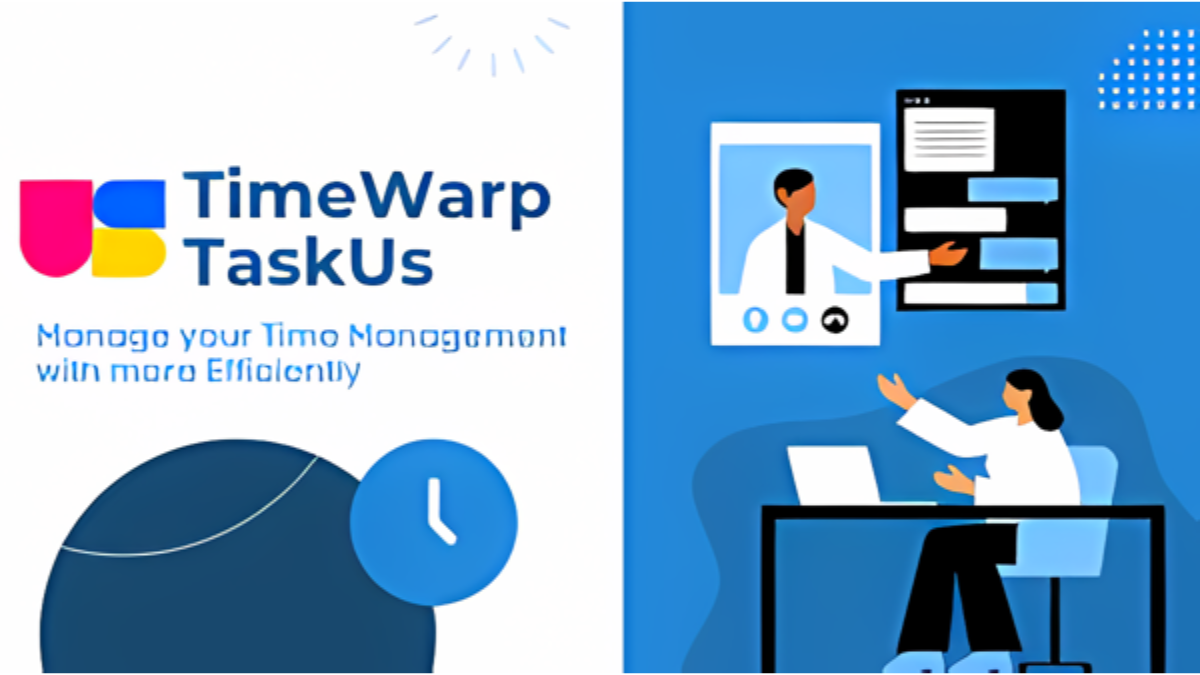Are you tired of spending endless hours manually transferring and organizing data? Look no further than SSIS-469, the ultimate tool for streamlining your data integration processes. In this comprehensive guide, we will walk you through everything you need to know about how SSIS-469 can revolutionize the way you handle data. Say goodbye to tedious tasks and hello to efficiency with our step-by-step tips and tricks for maximizing the power of SSIS-469. Let’s dive in!
What is SSIS-469?
SSIS-469 is a powerful tool that has revolutionized the way data integration processes are handled. SSIS, also known as SQL Server Integration Services, is a Microsoft platform used for building enterprise-level data integration and ETL (Extract, Transform, Load) solutions. The number “469” refers to the version of SSIS that was released in 2016.
At its core, SSIS-469 is an Extract, Transform, and Load (ETL) tool that enables users to extract data from various sources such as databases, files, and applications; transform it into a format suitable for analysis; and load it into a destination database or application.
SSIS-469 has ability to handle both structured and unstructured data. This means that it can easily handle complex data types such as XML files, Excel spreadsheets, and even social media feeds.
SSIS-469 also offers advanced features such as error handling mechanisms and package deployment options. Its user-friendly interface, advanced features, and tight integration with other Microsoft products make it the ultimate choice for streamlining data integration processes.
Understanding Data Integration Processes
Data integration processes are the backbone of modern businesses, allowing them to consolidate data from various sources into a unified view. Understanding these processes is crucial for organizations aiming to make informed decisions based on accurate and up-to-date information.
In simple terms, data integration involves combining data from disparate sources such as databases, applications, and files to create a comprehensive dataset. This process ensures that all relevant information is seamlessly connected and can be analyzed cohesively.
By streamlining data integration processes, companies can eliminate siloed information and gain a holistic view of their operations. This leads to improved efficiency, better decision-making capabilities, and enhanced overall performance.
Moreover, understanding the intricacies of data integration allows organizations to leverage technologies like SSIS-469 effectively. With its advanced features for extraction, transformation, loading, error handling, and parallel processing – SSIS-469 becomes a powerful tool in optimizing data workflows.
Benefits of Streamlining Data Integration Processes
The process of data integration can be time-consuming and complex, often involving multiple systems and data sources. By simplifying the steps involved in data integration, SSIS offers numerous benefits to businesses of all sizes.
1. Improved Efficiency:
One of the main advantages of using SSIS for data integration is improved efficiency. With its user-friendly interface and drag-and-drop functionality, it allows developers to quickly design and execute data integration tasks without needing extensive coding knowledge.
2. Reliable Data:
SSIS ensures that the integrated data is accurate and reliable by providing robust error-handling mechanisms. It allows developers to set up checkpoints during the execution of packages, which enables them to resume from where they left off in case of any failures or interruptions.
3. Flexibility:
Another significant benefit of SSIS is its flexibility in handling various types of data sources such as databases, flat files, XML, Excel spreadsheets, etc., making it a versatile tool for different types of businesses and industries. It also supports both batch processing and real-time processing, giving users the option to choose what best suits their needs.
4. Cost-Effective Solution:
Implementing an end-to-end solution for data integration can be costly for small or medium-sized businesses with limited resources. However, with SSIS being a part of SQL Server suite and included in many editions like Standard Editions or Enterprise Editions at no additional cost; it becomes an affordable option compared to other third-party tools.
5. Proactive Monitoring:
SIS offers proactive monitoring capabilities through its built-in performance counters feature that collects performance metrics during package execution at different points within packages’ control flows or tasks. This enables developers to identify bottlenecks and optimize the overall performance of data integration tasks.
6. Scalability:
As businesses grow, their data integration needs also increase, making scalability a crucial factor in choosing a data integration tool. SSIS offers scalability by allowing developers to develop packages that can be reused and scaled up as the business grows or when new sources of data are introduced.
Also Read: Midty SSHD Pour 500gb 2.5 “sata 3 gb/s Maroc | “127.0.0.1:49342” Error
Key Features of SSIS-469
.SSIS-469 is a powerful and versatile tool for streamlining data integration processes. It offers various key features that make it highly efficient and effective in handling complex data integration tasks.
The key features of SSIS-469 that set it apart from other data integration tools as follows:
1) Visual Data Flow:
One of the most notable features of SSIS is its visual data flow interface. This feature allows users to easily design and manage their entire data workflow using a visual drag-and-drop approach. This makes it simple for even non-technical users to create and modify data integration processes without the need for extensive coding knowledge.
2) Scalability:
SSIS-469 is designed with scalability in mind, making it suitable for businesses of all sizes. It can handle large volumes of data seamlessly by distributing workloads across multiple servers, thus increasing processing speed and reducing the time required for data integration tasks.
3) Flexible Connectivity:
Another important feature of SSIS-469 is its connectivity options. It supports a wide range of connectors, including ODBC, OLE DB, Flat File, Excel, XML, and more. This enables users to easily connect to different sources and destinations without any hassle.
4) Robust Error Handling:
Data integration processes can be prone to errors due to various reasons such as network issues or input errors. However, SSIS-469 has a robust error handling mechanism that ensures smooth execution even in case of errors or failures during the process.
5) Advanced Transformation Capabilities:
With SSIS-469, users can perform advanced transformations on their data sets using built-in components such as conditional splits, lookups, aggregations, and more. These transformations allow users to manipulate their data according to specific business requirements before loading it into the destination database.
6) Easy Deployment:
SSIS-469 simplifies deployment by providing various options such as deploying packages individually or as a project, and deploying to different environments such as development, testing, and production. This allows for efficient management and tracking of data integration processes.
7) Extensibility:
SSIS-469 offers extensibility through its custom components, which can be created using languages like C# or VB.NET. This enables users to add custom functionality to their data integration processes, making it highly adaptable to specific business needs.
SSIS-469: Data Extraction
Data extraction is a crucial step in the data integration process. It involves pulling data from various sources, such as databases, applications, and files. This phase sets the foundation for the entire integration workflow by gathering raw information needed for analysis.
SSIS-469 simplifies data extraction tasks by offering a range of connectors to extract data from diverse sources effortlessly. Whether it’s structured or unstructured data, SSIS-469 provides flexibility in extracting information accurately.
Furthermore, with SSIS-469’s scheduling capabilities, organizations can automate their data extraction processes to ensure timely updates and maintain data consistency across systems. By streamlining this aspect of integration, businesses can save time and resources while improving overall productivity.
SSIS-469: Data Transformation
Data Transformation is a crucial stage in the data integration process that involves converting raw data into a format suitable for analysis and reporting. This step ensures that data is cleansed, normalized, and standardized to meet specific business requirements.
During Data Transformation, various operations such as filtering, sorting, aggregating, and merging of datasets take place to prepare the data for further processing. This stage also includes applying business rules and calculations to derive meaningful insights from the information collected.
SSIS-469 offers robust tools and functionalities to streamline the Data Transformation process efficiently. With its drag-and-drop interface and built-in transformations, users can easily manipulate data without writing complex code.
SSIS-469: Data Loading
Data loading is a crucial step in the data integration process. With SSIS-469, data loading becomes seamless and efficient. This feature allows for the transfer of extracted and transformed data into target systems with ease.
SSIS-469 provides various options for loading data, including bulk insert operations, fast load tasks, and support for different types of destinations such as databases, flat files, or cloud storage platforms. The flexibility in choosing the destination ensures that organizations can easily integrate their data across multiple systems.
By utilizing parallel processing capabilities, SSIS-469 optimizes the data loading phase by distributing workloads efficiently. This results in faster completion times and improved overall performance of the integration process.
SSIS-469: Error Handling
Dealing with errors during data integration processes is inevitable. However, the way these errors are handled can make a significant difference in the overall efficiency of the workflow.
SSIS-469 offers robust error handling capabilities that allow organizations to identify and address issues promptly. With detailed logging and notifications, users can quickly pinpoint where errors occurred and take corrective actions.
By setting up error outputs and redirecting faulty rows, SSIS-469 ensures that data integrity is maintained throughout the integration process. This proactive approach minimizes disruptions and keeps operations running smoothly.
SSIS-469: Parallel Processing
Imagine being able to process multiple tasks simultaneously, significantly reducing the time it takes to integrate data. This is where parallel processing comes into play with SSIS. By dividing the workload across multiple threads or processors, this feature optimizes efficiency and boosts performance.
With parallel processing, tasks can be executed concurrently rather than sequentially, making the most out of available resources. This capability allows for faster completion of data integration processes, leading to quicker insights and decision-making within organizations.
By harnessing the power of parallel processing in SSIS-469, businesses can handle large volumes of data more effectively and meet tight deadlines with ease. The ability to divide and conquer tasks in parallel ensures smoother operations and improved overall productivity in data integration workflows.
Challenges and Limitation of SSIS-469
While SSIS-469 offers a wide range of features and benefits for data integration, like any technology, it also has its own set of challenges and limitations.
- Steep Learning Curve
One of the main challenges with SSIS is its steep learning curve. While it is a powerful tool for data integration, mastering its features and functionalities can be overwhelming for beginners. The interface may seem complex to those who are not familiar with SQL Server or Visual Studio environment, which are integral components of SSIS-469.
- Limited Real-time Data Integration Capabilities
It is primarily designed for batch processing rather than real-time data integration. This means that it may not be suitable for organizations that require real-time access to their data for decision-making purposes.
- Lack of Cross-platform Support
Another limitation of SSIS is that it only runs on Microsoft Windows operating system and does not have cross-platform compatibility. This restricts its use in environments where other operating systems such as Linux or macOS are used.
- Maintenance Overhead
As mentioned earlier, SSIS packages require manual deployment and maintenance tasks such as version control, backup management, etc., which can become time-consuming and labor-intensive processes when working with multiple packages or complex workflows.
- Limited Error Handling Capabilities
SSIS-469 has a limited error handling mechanism, which makes it challenging to troubleshoot and fix issues when they occur during data integration processes. This can result in delays and disruptions in the data integration pipeline, impacting the overall efficiency of business operations.
Also Read: Jeinz Macias | The Burnt Toast Theory | Revo Technologies Murray Utah
FAQs
Is SSIS-469 only available for SQL Server databases?
No, SSIS can connect to a wide range of data sources including Oracle, Excel files, flat files, and even cloud-based platforms like Azure
Do I need programming knowledge to use SSIS-469?
While having programming knowledge can be helpful in understanding the underlying logic behind SSIS packages, it is not necessary. The majority of tasks can be accomplished using drag-and-drop functionality within the visual development environment provided by SSIS.
Can I schedule my ETL processes with SSIS?
Yes, scheduling is one of the key features of SSIS. You can create jobs that run at specific times or intervals to automate your ETL processes without any manual intervention.
Are there any limitations on the amount of data that can be processed by SSIS?
There are no hard limits on the amount of data that can be processed by SSIS. However, performance may vary depending on factors such as server resources and network bandwidth.
Can I monitor my ETL processes in real-time with SSIS-469?
Yes, you can monitor your packages in real-time using tools such as SQL Server Management Studio or third-party monitoring tools.
Is SSIS-469 suitable for small businesses?
Yes, SSIS can be beneficial for all businesses as it offers a cost-effective solution for data integration and automation.





